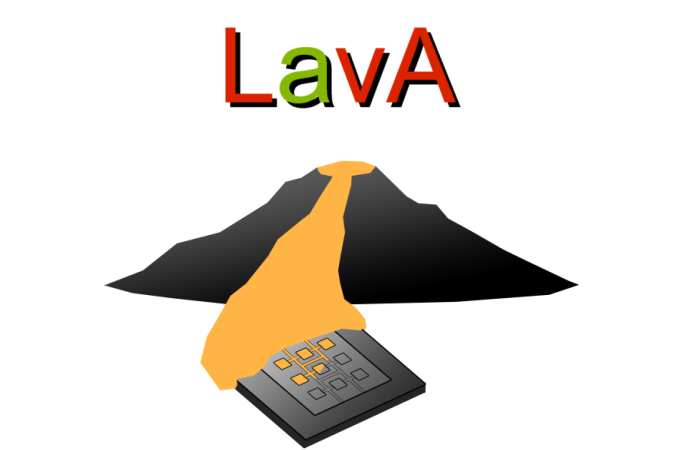



In the field of computer architecture for embedded systems two important
trends can be observed. On the one hand, through increasing levels of integration, the resources of chips are hardly a limiting factor anymore, so that more and more multi- or manycore-systems are used. On the other hand, the boundary between hard- and software becomes indistinct. Nowadays, hardware structures can be described with hardware description languages and can, e.g. in the case of FPGA technology, be synthesized almost by everybody.
The system software doesn't meet these trends so far. The intent of this project is to develop a base for a new system infrastructure and also to break with some classical paradigms of embedded operating systems. Thus, no classical CPU is assumed as the underlying maschine model, but instead a universal, configurable and potential arbitrarily parallel hardware, e.g. a FPGA or ASIC. The hardware structures, described by hardware description languages, are considered part of the system infrastructure. Approaches from previous projects for application-specific static configuration of systems can in that way be adapted to hardware structures. This allows the continous configuration for both the system software and the underlying configurable hardwarestructure, with the same or at least with the conceptual same method and under the use of the same knowledge. In contrast to many other current projects in this field, in which application processes are maped onto a multi- or manycore architecture, the LavA project instead helps developers of embedded systems with an underlying configurable hardware to adapt hard- and software to an application. Software and hardware structures are derived in the same way from the application requirements.
This approach allows the retention of system software interfaces and also allows the use of configurable parallel hardware structures with the goals of performance improvement, enhanced real-time properties and lowered energy consumption.